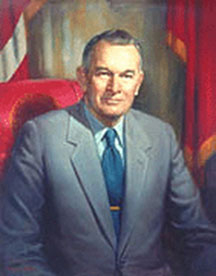
Source: 28 01, Texas Politics, College of Liberal Arts and Instructional Technology, University of Texas at Austin
For nearly 100 years after Reconstruction, the Democratic Party, as opposed to the Republican Party, dominated Texas politics. Throughout the early 20th century, the Democratic Party was split over several issues, including race relations and other issues surrounding the civil rights movement.
The split in the party caused some members to move to the Republican Party, thus causing the Democratic Party to make less of an impact in Texas politics. By 1980, the Republican Party was a dominant force in Texas. The election of Bill Clements, the first Republican governor since 1874, indicated that Texas once again had a two-party political system.
Click on each image below to learn about this governor and other governors who were elected during the emergence of the two-party systems.

Source: 28 01, Texas Politics, College of Liberal Arts and Instructional Technology, University of Texas at Austin
Bill Clements
Click here to learn more about Governor Bill Clements.

Source: 29 01, Texas Politics, College of Liberal Arts and Instructional Technology, University of Texas at Austin
Mark White
Click here to learn more about Governor Mark White.
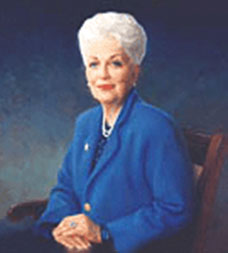
Source: 31 01, Texas Politics, College of Liberal Arts and Instructional Technology, University of Texas at Austin
Ann Richards
Click here to learn more about Governor Ann Richards.
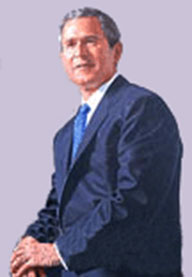
Source: 32 01, Texas Politics, College of Liberal Arts and Instructional Technology, University of Texas at Austin
George W. Bush
Click here to learn more about Governor George W. Bush.
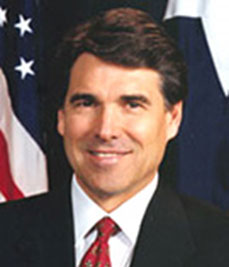
Source: 33 01, Texas Politics, College of Liberal Arts and Instructional Technology, University of Texas at Austin
Rick Perry
Click here to learn more about Governor Rick Perry.
In the 1990s, other political parties began to impact Texas politics. Political parties, such as the Progressive Party and the Reform Party began to emerge.
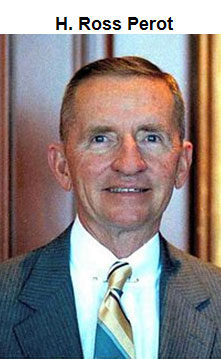
Source: Ross Perot (CP) Allan Warren, Allan Warren, Wikimedia
In 1996, H. Ross Perot, a Texas billionaire, ran for the U.S. presidency as a candidate for the Reform Party. Although he did not win the presidential election, he received 8 percent of the vote, a substantial amount for a third-party candidate in a national election.
By the early 21st century, Republicans had become the majority party in Texas government. The Democratic Party has remained active in Texas, along with other political parties. Texas politics in the 21st century has become a two-party political system.
Since 1980, Texas has undergone economic, social, and political changes. The economy has shifted over the past several decades. The oil industry is still a driving force, but Texas has diversified its industries to include high-tech. Since 1980, Texas has made many social changes. Although there have been positive changes, Texas remains the state with one of the largest populations in poverty. Immigration and migration have caused social changes in Texas, and, as a result, the population of Texas continues to grow.
Texas has also seen a transformation politically since 1980. The 1980s started with the election of Bill Clements, the first Republican governor of Texas since Reconstruction. That election led to the emergence of a two-party political system once again in Texas.